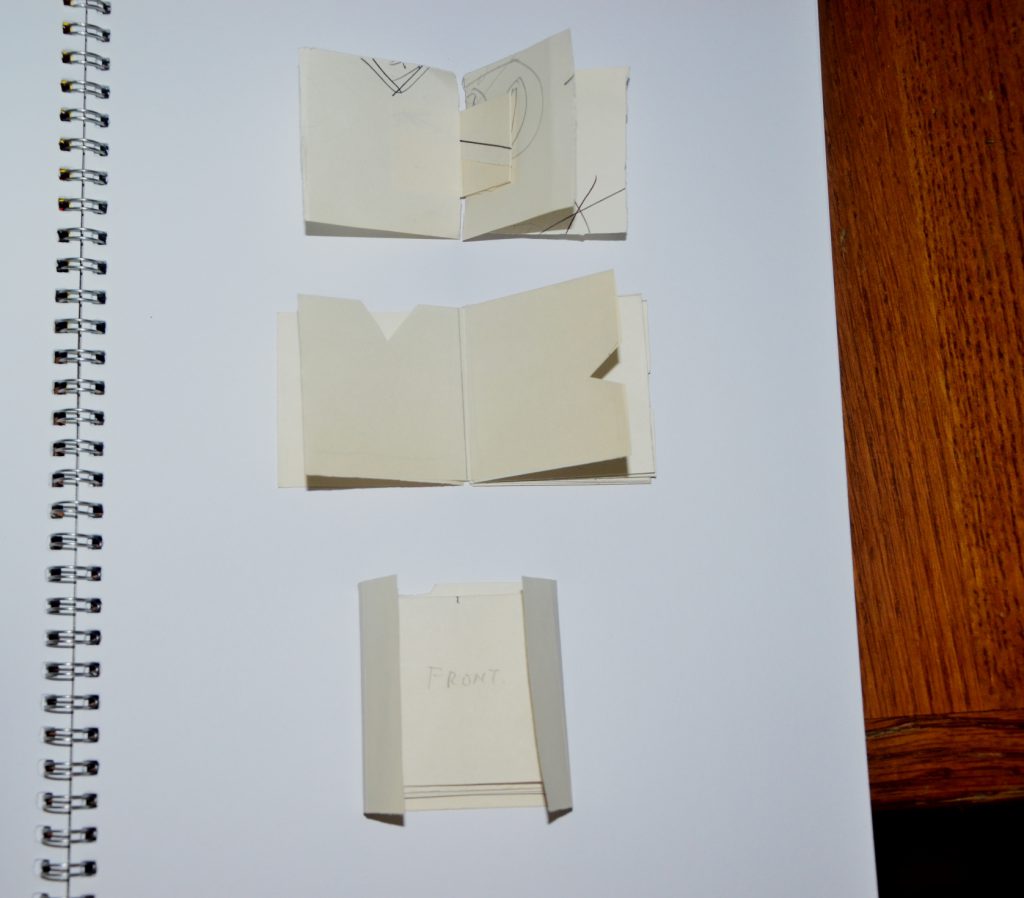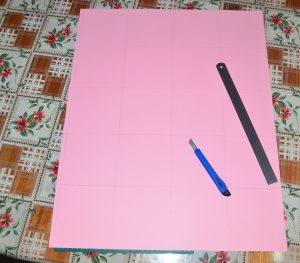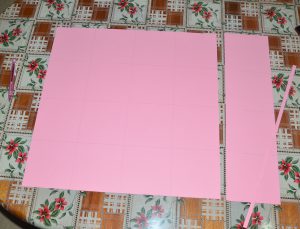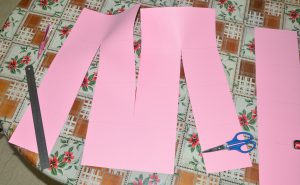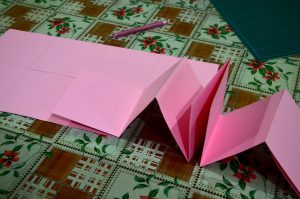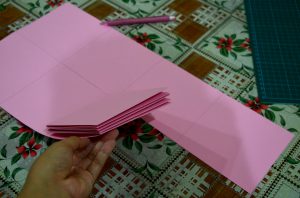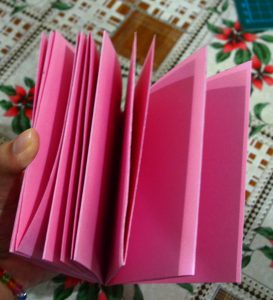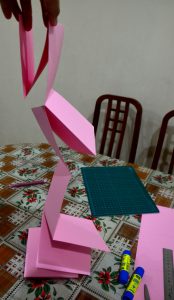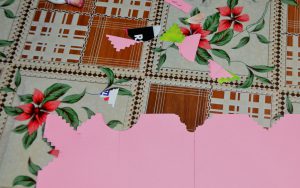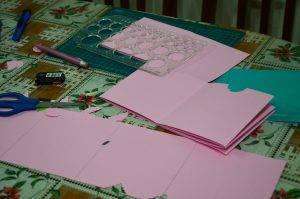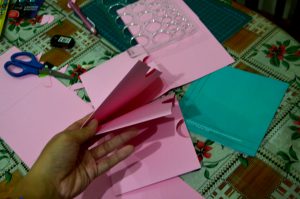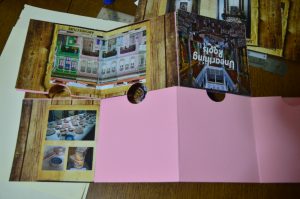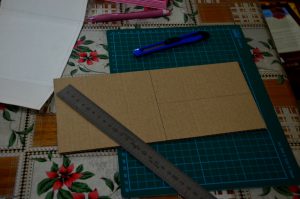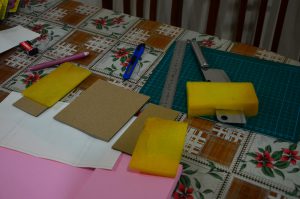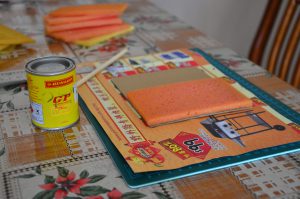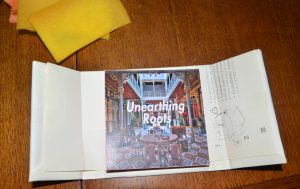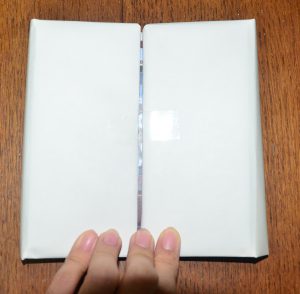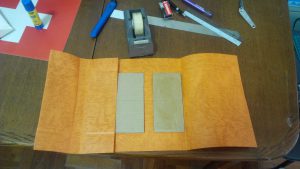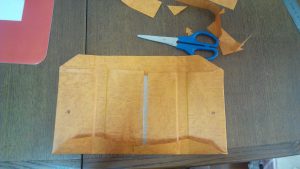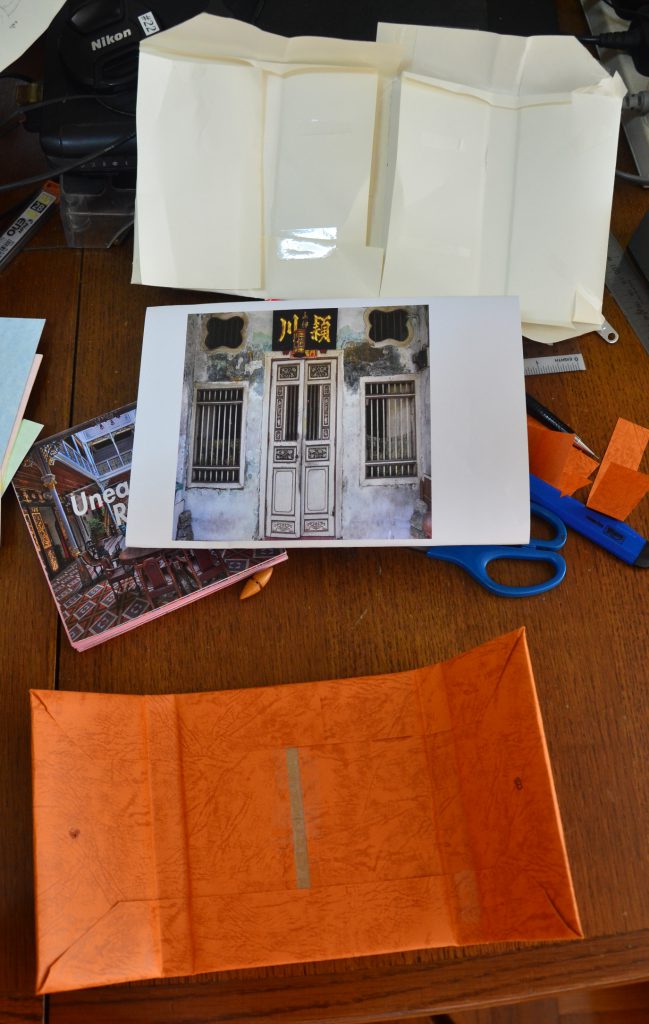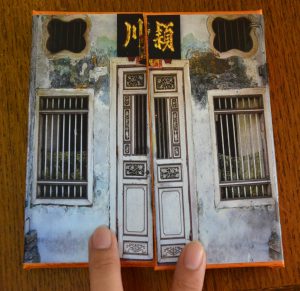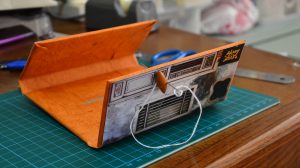Tag: Handmade Book
Development of the Deliverables
I was thinking of making a small book containing interesting facts regarding my family about the Peranakan Culture. Initially I was thinking of collating photos and develop it into a photo book and send it to print using the modern book style. However, I thought about it and feel that perhaps I can create my own handmade book instead, since the Peranakans are rather focused on handmade items.
Experimental Designs for the book concept. I researched on the different types of handmade books and have decided to develop a palm sized meander pocket book. The meander book is actually made from a single sheet of paper and if glued correctly, the pages will actually form little pockets (to slot cards with bite size information inside).
After pondering about it, I feel that I would like the book to have a “book within a book” concept. This is to signify that our roots are deep and that it is up to us to step up and discover more about them. At every turn, we discover something new about ourselves and hence opens a “door” to another “book”.
Concept of the Book:
Outer Cover: The doors of an old Peranakan House (2 sides). (1st Book)
Inner Cover: The interior of a Peranakan House. (2nd Book)
Content: Each sleeve represents a category about the Peranakan Culture. There are images on each sleeve to represent the category. (3rd Book (s))
Sleeve 1: Who are the Peranakans?
Sleeve 2: Architecture
Sleeve 3: Gender Roles
Sleeve 4: Nyona Fashion
Sleeve 5: Cuisines
Sleeve 6: Taboos and Beliefs
Sleeve 7: Old Wives Remedies
In each sleeve, there is a card with information for each category. (4th Book) The information usually starts with a general introduction about the topic and would usually end off with some short stories about my family.
Pictorial Development: Meander Book
This is the process of folding the meander booklet.
After which, I started experimenting with the pocket tabs.
After trying out a few designs, I have decided to go with the round one.
Since I plan to make the book cover with a puffy feel, I used cardboard for the base first before pasting sponge on top.
However, after having trials with rough paper, I realised that it is actually quite bulky and thick which does not really suit the nyonya theme. Hence, I scrapped the sponge idea away and used just cardboard instead.
Reflection:
After the first consultation, I wanted to find out new and more unique information that is not found in museums and books. For example, a book on the unique remedies and prescriptions my family has kept over the years. However, after the interview with my grandaunt, I realised that there were many limitations as there were quite a lot of things that she could not recall (90 years old) and that the knowledge is not passed on to the younger generations. My aunts, for instance, were actually quite clueless about the Peranakan culture and they felt that they learn something new through the bits of information I gathered through the interview. Hence, I decide to take on a different approach and touch on the major topics in the Peranakan culture with a tinge of personal stories included.
This is my first handmade book and there were many trial and errors involved. I realised that precision is really very important and developing a book is not that easy. From the concept to the aesthetics to the content, sometimes I am really at lost of what to include.
The overall experience was enriching and I did discover more about my identity which was the main motivation of this project.

